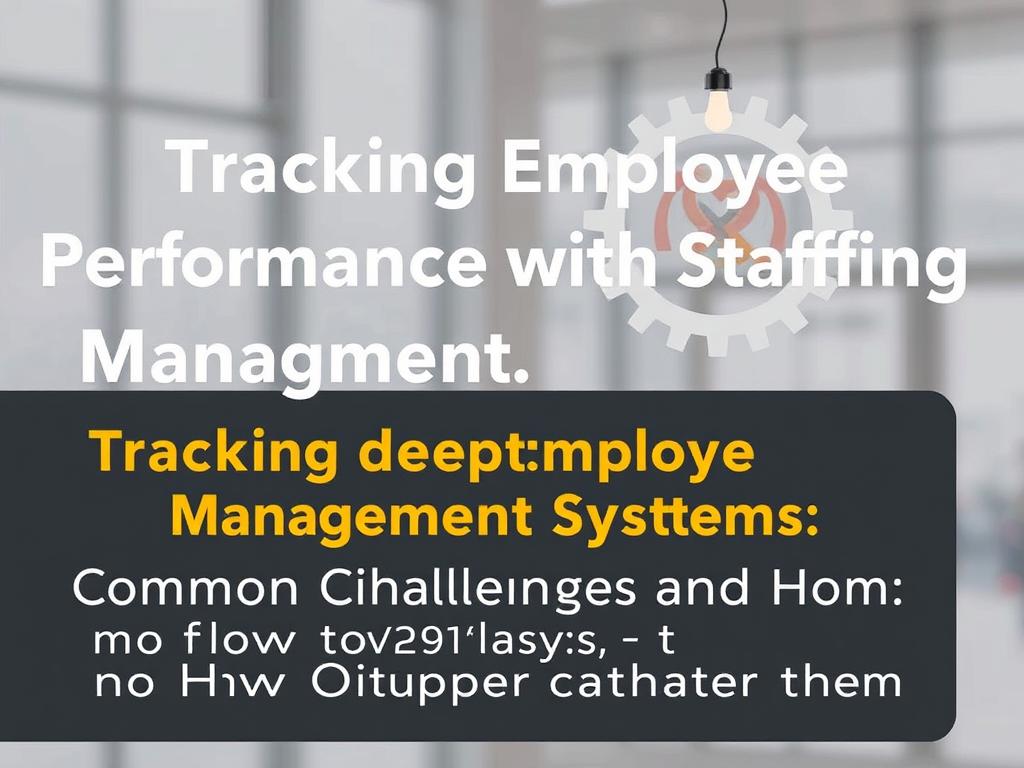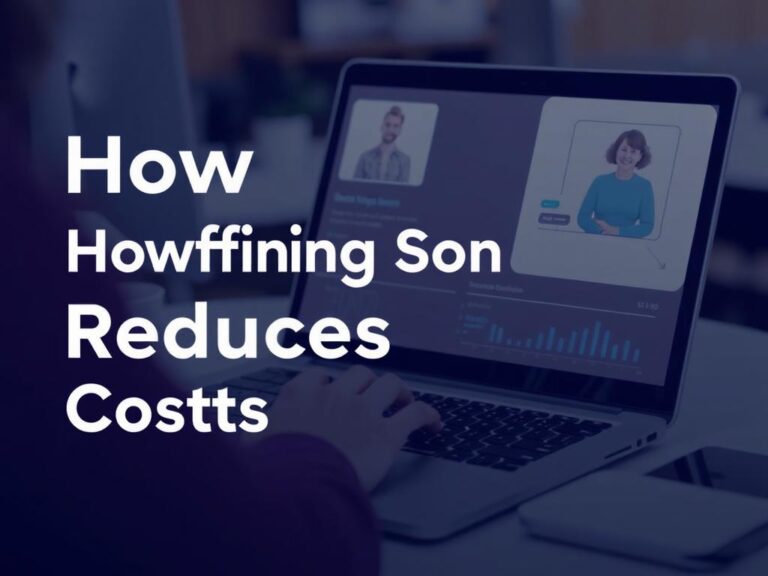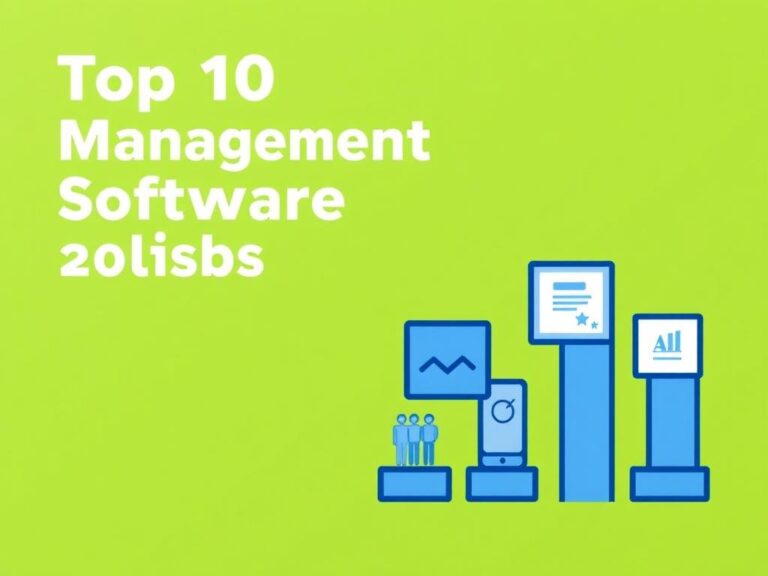Tracking Employee Performance with Staffing Management Systems: Unlocking the Power of Efficiency
Understanding the Importance of Tracking Employee Performance
In today’s fast-moving business landscape, tracking employee performance has become essential for organizations striving to stay competitive. Without an effective system in place, managers may struggle to understand how their teams are doing, where improvements are needed, and how to motivate their staff toward achieving goals. This is where staffing management systems come into play. These tools offer a structured approach to monitor and enhance employee productivity, making performance tracking easier and more precise. When well-implemented, such systems can transform complex data into actionable insights, leading to better decision-making and stronger workforce engagement.
What Are Staffing Management Systems?
Staffing management systems are comprehensive platforms designed to streamline various human resource processes, with a particular focus on handling employee scheduling, recruitment, and performance tracking. Unlike traditional methods, such as spreadsheets or manual reports, these systems are built to provide real-time updates and centralized data access. They help managers allocate resources efficiently, ensure the right people are in the right roles, and continuously monitor how employees perform against predefined targets.
To give you a clearer picture, here is a comparison of traditional performance tracking vs. staffing management systems:
| Feature | Traditional Methods | Staffing Management Systems |
|---|---|---|
| Data Accuracy | Prone to errors and delays | Real-time, automated data collection |
| Performance Metrics | Limited and often inconsistent | Standardized with customizable KPIs |
| Employee Feedback | Manual and infrequent | Continuous and integrated |
| Reporting | Time-consuming to generate | Automated and in-depth analytics |
| Scheduling | Manual and prone to conflicts | Automated with conflict detection |
Key Features that Make Staffing Management Systems Essential for Performance Tracking

To get the most out of tracking employee performance, a staffing management system should include several crucial features. Let’s explore these components and how they enhance the overall process:
- Real-Time Monitoring: Allows managers to see the current status of employee tasks and progress, enabling quick interventions when necessary.
- Goal Setting and Performance Indicators: Customizable KPIs help align employee activities with company objectives, ensuring everyone knows what success looks like.
- Automated Scheduling: Efficiently assigns shifts and tasks based on skill sets and availability, reducing conflicts and overtime.
- Employee Self-Service Portals: Enable staff to view their schedules, request time off, and track their own performance, fostering transparency.
- Comprehensive Reporting: Detailed reports and dashboards provide insights into individual and team performance trends.
- Integration Capabilities: Seamlessly connects with payroll, attendance, and HR systems to create a unified management experience.
These features work hand in hand to ensure that employee performance is not only tracked accurately but also managed effectively, improving both productivity and satisfaction.
Implementing Staffing Management Systems: Best Practices for Tracking Employee Performance
Adopting a staffing management system requires thoughtful planning to maximize its potential. Here are some best practices to consider:
- Define Clear Objectives: Identify what performance metrics matter most, whether it’s productivity, quality, attendance, or team collaboration.
- Involve Employees Early: Get buy-in from staff by explaining how the system benefits them, such as fair scheduling or clear performance expectations.
- Train Managers and Staff: Provide comprehensive training so everyone understands how to use the system and interpret its data.
- Customize KPIs: Tailor performance indicators to fit different roles and departments, ensuring relevance and fairness.
- Encourage Continuous Feedback: Use the system’s communication tools to promote ongoing dialogue between employees and managers, not just annual reviews.
- Review and Adjust Regularly: Use performance data to make informed staffing decisions, adjusting strategies as business needs evolve.
By following these best practices, companies can create a supportive environment where staffing management systems become a cornerstone of employee development and operational success.
The Benefits of Tracking Employee Performance with Staffing Management Systems
Tracking employee performance through these advanced systems offers numerous advantages that impact multiple levels of an organization.
| Benefit | Impact on Employees | Impact on Company |
|---|---|---|
| Improved Productivity | Clear goals and feedback motivate employees to perform better | Higher output and optimized resource use |
| Enhanced Engagement | Transparency and fair scheduling increase job satisfaction | Reduced turnover and a more committed workforce |
| Better Decision Making | N/A | Data-driven insights lead to smarter staffing and training choices |
| Cost Savings | N/A | Minimized overtime and staffing inefficiencies lower expenses |
| Compliance and Accountability | Clear documentation promotes fairness and legal compliance | Reduced risk of disputes and enhanced corporate responsibility |
These benefits collectively demonstrate why tracking employee performance with staffing management systems is not just a luxury but a strategic necessity in modern workplaces.
Common Challenges and How to Overcome Them

While the advantages are clear, organizations can face hurdles when implementing these systems. Some challenges include resistance to change, data overload, and integration complexity. To overcome these, it’s essential to:
- Communicate openly about the goals and benefits of the new system.
- Start with pilot testing before a full-scale rollout to gather feedback and adjust accordingly.
- Invest in user-friendly software and ensure adequate technical support.
- Have a clear plan for integrating with existing HR and payroll systems.
Addressing these challenges upfront ensures a smoother transition and better adoption rates.
Future Trends in Staffing Management Systems
Looking ahead, staffing management systems are evolving with advancements in artificial intelligence, machine learning, and cloud technology. These trends promise to make employee performance tracking even more predictive, personalized, and scalable. For example, AI-powered analytics can forecast employee turnover risks or predict staffing needs based on business cycles. Mobile accessibility is improving, allowing employees and managers to interact with these systems anytime, anywhere. Furthermore, increased emphasis on employee wellness means future systems may incorporate performance and well-being metrics in a holistic approach to workforce management.
Conclusion

Tracking employee performance with staffing management systems is a transformative approach that blends technology with effective workforce management. It empowers businesses to monitor productivity, optimize scheduling, and foster employee engagement through clear, data-driven insights. By understanding the capabilities and best practices for implementation, companies can overcome challenges and fully harness the benefits of these systems. As workplaces continue to evolve, embracing staffing management systems will be vital for maintaining a competitive edge and cultivating a motivated, high-performing workforce ready to meet tomorrow’s challenges.






